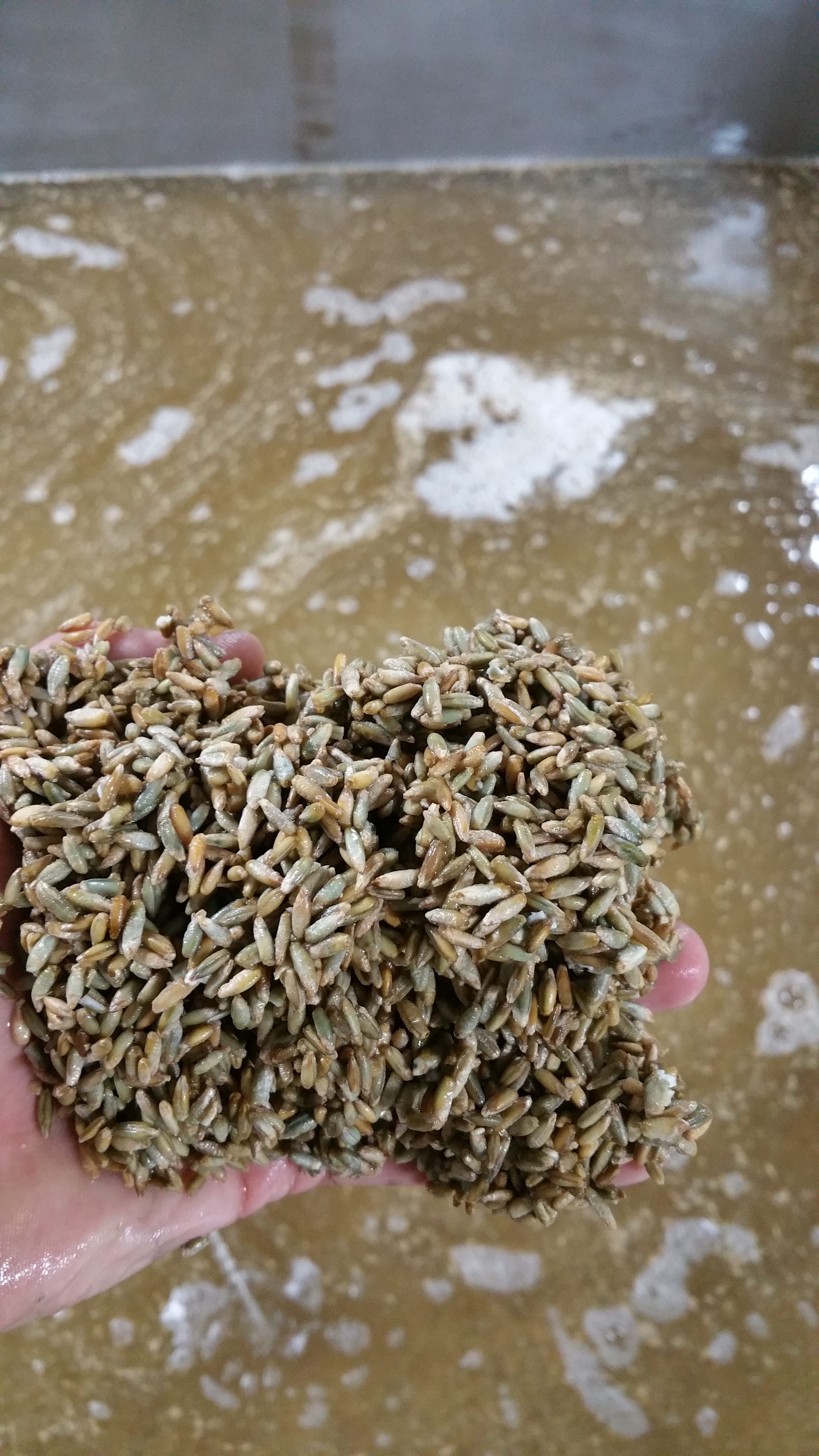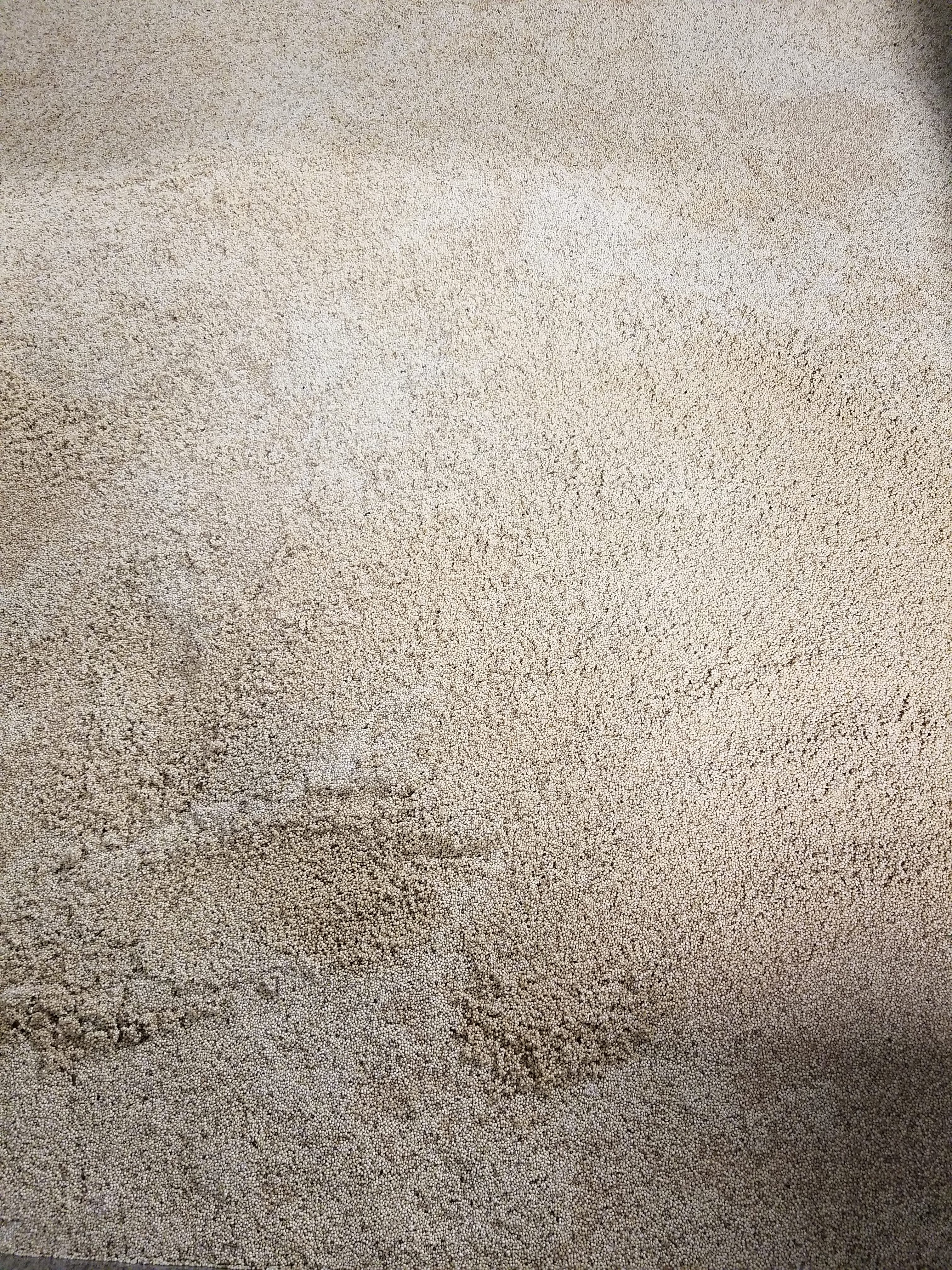Shop
A Pint with Andrew Martahus, Co-Founder of Haus Malt
The business of craft malts.
The number of craft breweries in the U.S. has increased dramatically over the past several years. According to the Brewers Association, there were over 2,000 craft breweries in the U.S. in 2012. That number has grown substantially, with over 6,300 craft breweries operating in the U.S. in 2017. This phenomenal growth has also led to the burgeoning of related industries, such as craft malting and small-scale hop farming.
Two pioneers to capitalize on the craft beer boom are Andrew and Craig Martahus. The father and son duo founded their own craft malting business aptly named Haus Malts in Cleveland, Ohio in 2015. They are the only craft malting business operating in Cleveland since Prohibition. I was able to speak with Andrew Martahus, the co-founder and president of Haus Malts, to discuss the challenges of opening a small business, the labor-intensive process behind malting, and of course, beer.


Andrew Thomas: Why craft malt?
Andrew Martahus: I graduated as a chemical engineer from Washington in St. Louis in 2014. I interviewed with some of the major people that would hire chemical engineers here in Cleveland, made some final rounds, but nothing stuck. To keep myself sane, I started homebrewing when I was interviewing and sending out my résumé, and that started to make me look at malt as an ingredient and what it was. We looked at barley and saw that there was most likely going to be a faster rate of return. And small grains have been grown in Ohio for a long time. There’s a history of malt barley before Prohibition. Unfortunately, that didn’t come back after Prohibition. We were fairly confident that we could revive that easier than hops.
AT: Do you brew your own beer with Haus Malts? What’s your favorite style to brew?
AM: I do homebrew occasionally, not too much because I don’t have as much time as I used to. When I do brew, I’m usually doing saisons or Belgians, like dubbels or tripels. Sometimes I’ll do a dopplebock. It depends on the time of year. If I’m making a beer for the fall, I might do an Oktoberfest. Obviously, I favor malt forward beers.
AT: Do you have a favorite malt or malts, and why?
AM: Man, that’s a tough question. Of malted barley, I would probably say Vienna is my favorite because it’s got a lot of robust flavor in there, but not too much. You can use it 100% in a Vienna lager. It’s still got enough enzymes even though it’s been roasted a little bit darker to convert all the starch to sugar. I think it really makes a well-rounded beer. And then we do some specialty grains, so we also do spelt, wheat, rye, oats, and triticale–a hybrid of wheat and rye. They all have their own unique characteristics.
AT: Who was your first client, and how did you develop a network of clients?
AM: Our first client was Little Fish Brewing Company in Athens, Ohio. Sean White, the brewer out there, came and toured our facility before we were open. He had been looking for a local malt house for a while, and we’ve been working with him ever since. Before we had opened our business, we had put together a business plan, and we had reached out to some of the breweries in Cleveland to sit down and meet with them. Some of them knew that we were doing this, not all of them believed that we’d actually open up a malt house.
AT: Is local, craft malt of better quality compared to large malt producers?
AM: That’s a difficult question to answer. What I’ll say is that, when we make a batch, we have to make it to the style. We have to hit it spot-on each time, or else it’s not really useful to us. I think, due to our size, our grain is cleaner, so per weight, you get less chaff or straw or dust or anything in there.
AT: Is there a positive environmental impact from craft malting?
AM: Yeah. At least in the state of Ohio, we contract what we deem a decent amount of acreage, but in the grand scheme of the state, it’s not much. We actually tell our farmers to fertilize less, because fertilizing less will help keep protein down. We want plump kernels for the brewers, so we actually try and keep fertilizer down for that reason. That means less run-off. And we’re slowly trying to decrease the amount of run-off of fertilizer that is going into Lake Erie, which causes algae blooms yearly now. All of our byproducts or anything that we can’t use either gets composted or sold off as animal feed, so it’s a pretty closed cycle.
AT: What were some initial challenges you had to deal with when you started Haus Malts?
AM: The big guys were malting 100-500 metric tons at a time, where we’re malting two U.S. tons at a time. We had to really shrink things down and that changed a lot of factors. We had to custom fabricate everything and we had no idea if what we had come up with, design-wise, was going to work or not. Now we’re trying to make a few design changes to dry faster. The other thing was recipes. We had to figure out our recipes and how we defined our pilsner, our pale, our Vienna, our Munich. All of our malts, we had to figure out how we were going to make them, and define each separate malt from color, taste, everything. That was probably one of the hardest things. And the fact that, since we are drying, we’re dependent upon outside temperature and humidity, which plays a lot bigger role than you would expect in your dry times and flavor production and color production. That’s been something that we’ve been continuously dealing with. Just finishing year two, we’re getting better at it by continuously changing our recipes to handle different outside conditions year-round.


AT: What are some day-to-day challenges in your business? And what are some aspects of your malting business you find most personally rewarding?
AM: Day-to-day challenges, I don’t really get to dictate the schedule. The barley gets to dictate the schedule, or the grain that’s in the bin dictates the schedule. It’s very hands-on and labor intensive, so it can be tough to do it year-round. It grinds you down a little bit. I might not work a 9 to 5 job, but I’m there every day at some point during the day, or sometimes for the whole day. It’s going on 24/7.
For me, there are a couple things. As an engineer, I’ve got all these ideas in ways that we can enhance production, decrease the amount of labor that’s required. And every time I’m able to successfully complete a project, adding pilot bins, or adding a new piece of machinery, a mill, or a vacuum hopper, or anything, is always nice to complete a project and it works. You take something from a concept to application, and trying to do it cheaply, which is tough because you can go and buy these systems. But we’re on a shoestring budget, so we got to try and do it cheaply, and make things work with what we’ve got. And then, obviously, working with the brewers, getting to taste the final product. When brewers are complimentary of the malt that we’re making, the quality, being surprised of the quality and the taste, that’s always a good thing to hear, and that’s probably the most rewarding.
AT: What’s it like to work with Craig, who’s your Dad and the co-founder of Haus Malts?
AM: It’s good. Luckily, we have always had a very good and strong father-son relationship. Now, that can obviously get tested and can be strained when you’re working together, especially when you’re initiating new projects. But we both understand each other very well. We have different backgrounds, different strengths, different weaknesses that play off of each other. And neither of us are afraid to, when the temper gets the best of us or anything, own up to it. And if we were at fault, admit it, and move on, which is a very nice thing to do.
AT: What does the future of Haus Malts look like to you?
AM: We’ve doubled sales from year one to year two. We’d like to double again year two to year three. But, yeah, we’re just right now in this period of growth and letting the market determine where we stop. We’ve had some interest in smoked malts, so both of those are avenues that we could look at. We’re increasing our presence with distilleries. We have, I think, five or six distiller clients right now. Slowly trying to push that business, and diversification, as well.



